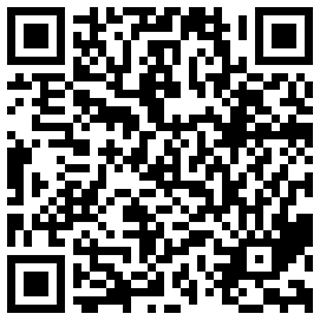Polyamide Markets Navigate Uncertainty as Tariff Threats Loom Over Key Regions
- 07-Apr-2025 9:15 PM
- Journalist: Alexander Pushkin
Polyamide prices remained flat in the U.S. and Germany throughout the first week of April 2025, with markets weighing carefully considered supply measures against muted but stable demand. While price changes were limited, underlying trends were different across markets, influenced by unique supply chain issues, evolving trade policies, and conflicting indications from major downstream industries.
As both sides' manufacturers shunned production ramp-ups that were ambitious in nature, geopolitical tensions and uncertainty in costs continued to influence procurement choices and market sentiment, restricting any significant change in direction of Polyamide price.
The polyamide prices remain stable in the American market due to balance between demand and supply situation along with stable feedstock adipic acid costs. Producers prioritized utilizing existing stocks over ramping up output, aligning with muted demand from downstream sectors. Average lead times extended to six months as a result of ongoing vendor shortages and customs delays, with no serious operational disruptions to production continuity.
The automotive industry's short surge in demand in March —prompted by pre-tariff auto buying—lacked follow-through as carmakers avoided building Polyamide inventory in anticipation of potential retaliatory trade actions. Export orders for engineering plastics eased further, in response to geopolitical tensions and changes in global trade blocs. Federal policy uncertainty added to buyer hesitation, postponing long-term buying contracts and confirming lean inventory strategies for Polyamide.
Germany’s polyamide market mirrored this price stability, though underpinned by improving local supply conditions and cautious optimism in domestic demand. Stable adipic acid prices and softening input costs—most notably declining natural gas prices—underpinned a modest production pick-up. Supply chains continued to normalize, allowing for improved delivery times and balanced inventories across manufacturers.
Demand for Polyamide received some backing from increasing new order levels at the close of Q1, the first rise in a few years, indicating cautious industrial revival. The automotive industry provided positive indications, with new car registration growth indicating stronger domestic consumption of inputs like Polyamide. However, the export volumes were hit by headwinds as threatened U.S. tariffs on German cars risked derailing trade flows, dampening polyamide use associated with foreign vehicle production.
With foreign orders in doubt, manufacturers were still hesitant to expand operations aggressively, and purchasers continued to shun big-volume commitments even as local conditions improved.
According to ChemAnalyst, in the future, polyamide prices in both Germany and the U.S. will likely continue to be range bound, with minimal upward pressure. In the U.S., future pricing will largely be influenced by developments regarding tariffs and general policy clarity, which could either unsettle or stabilize input supplies and downstream demand. Germany's market could gain from homegrown recovery, but export-led growth will be contained by international trade barriers.



